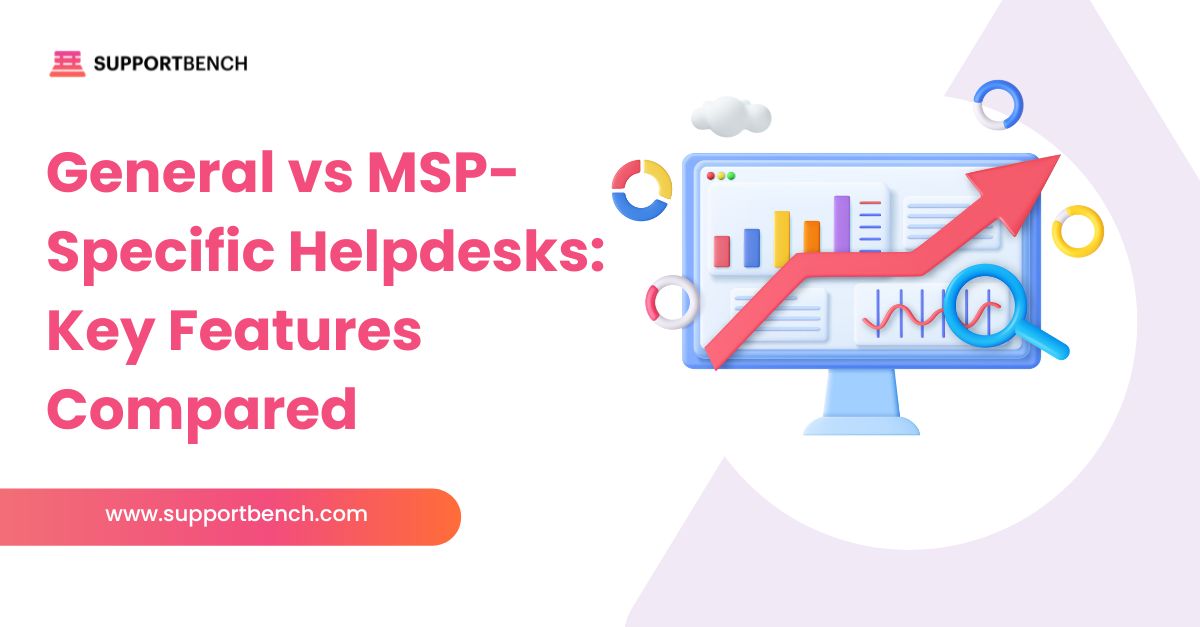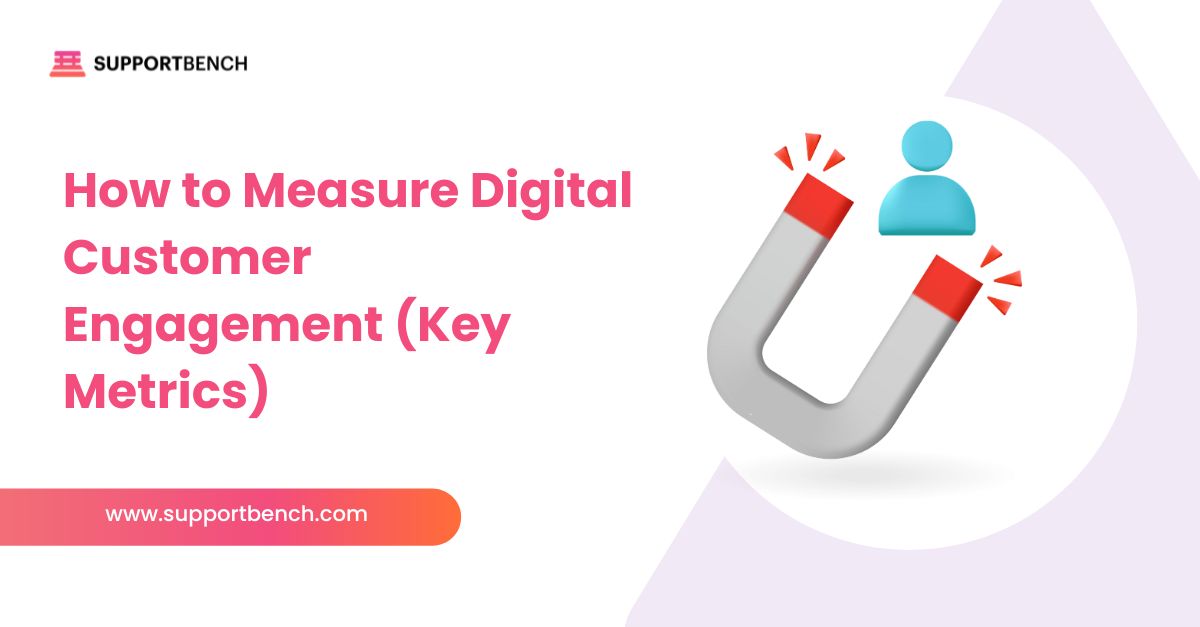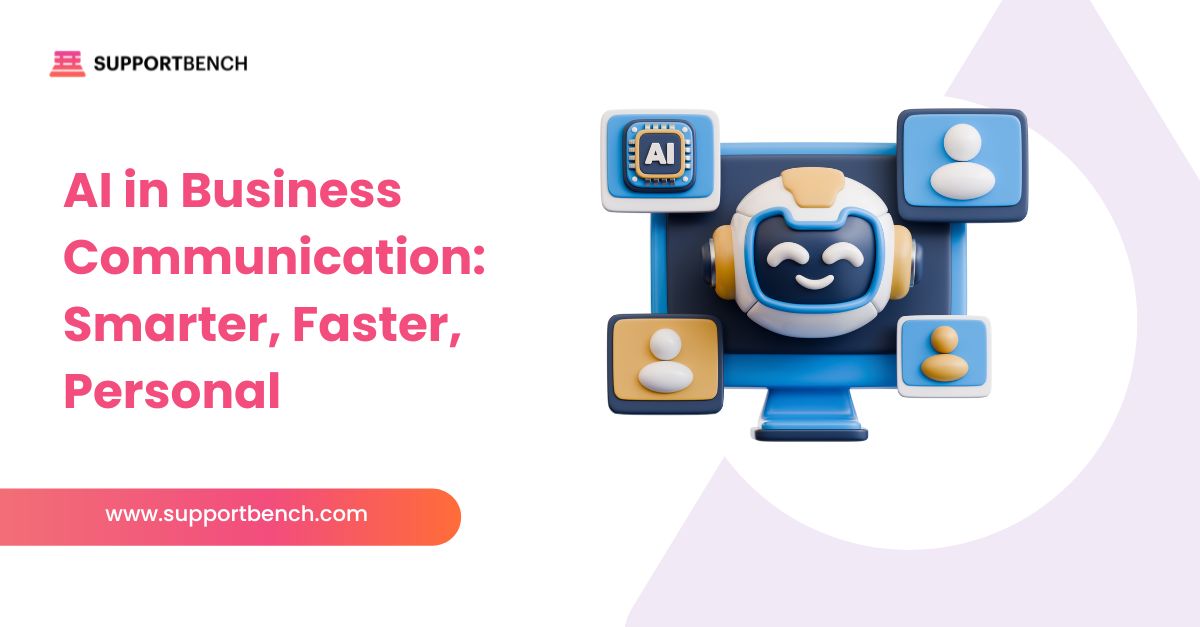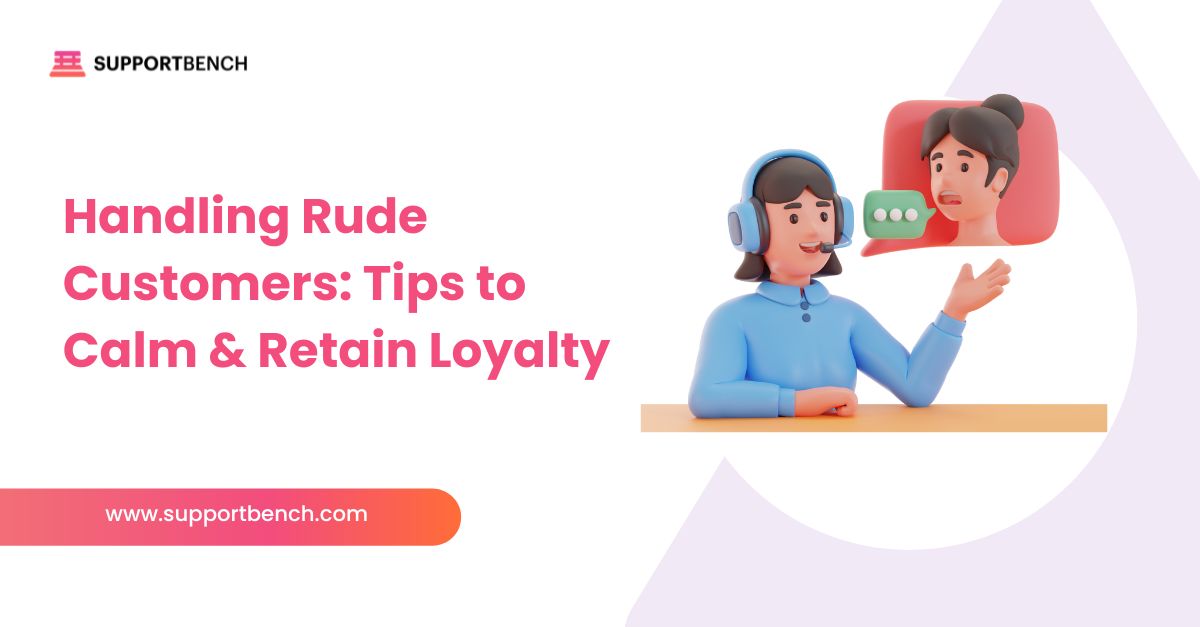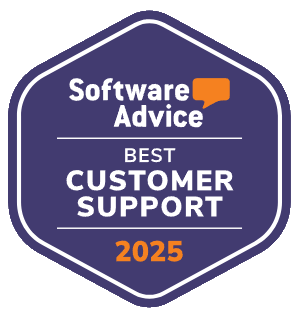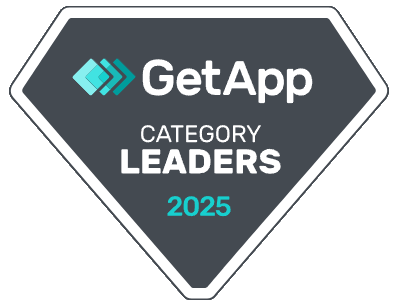Choosing the right helpdesk platform is a strategic decision for Managed Service Providers (MSPs). It shapes how you deliver service, uphold SLAs, and scale without losing control.
General helpdesks can work well for industries like eCommerce, SaaS, and retail. But MSPs face different challenges. Managing multiple client environments, enforcing contract-specific SLAs, and integrating with RMM or PSA tools requires capabilities many general solutions don’t provide.
At a Glance:
General helpdesks work for small, simple operations but lack the advanced SLA controls, multi-tenant support, and deep integrations MSPs need as they scale. MSP-specific platforms like Supportbench deliver these capabilities, helping teams manage complex client environments, stay compliant, and maintain service quality at scale.
What’s the difference between general and MSP helpdesks?

General helpdesks are built for a wide range of industries and support scenarios. They usually offer ticketing, a basic knowledge base, and standard reporting. Their strength lies in versatility, but they focus on handling ticket volume rather than complex workflows.
MSP-specific helpdesks are designed for IT service providers managing multiple clients with unique contracts, SLAs, and infrastructure. They support multi-tenant setups, advanced SLA enforcement, and direct integration with RMM and PSA tools. You also get more granular workflow automation and client-level visibility — critical for maintaining service quality at scale.
At Supportbench, we’ve worked with both general helpdesk users and MSPs moving to specialized solutions. This experience shows exactly where the differences matter most, and how the right platform can remove operational roadblocks as your business grows.
Key Needs of MSPs That General Helpdesks Often Miss
MSPs operate in complex environments. Each client brings unique requirements, service levels, and infrastructure. A platform that can’t adapt to these differences will eventually slow you down.
Here’s where general helpdesks often fall short, and why MSP-specific platforms like Supportbench address these gaps.
1. Multi-Tenant Architecture
MSPs need to manage multiple clients within one system without data overlap. Multi-tenant support lets you segment workflows, permissions, and branding for each client.
2. Advanced SLA Management
SLAs define your performance standards. MSP-specific helpdesks provide precise tracking, alerts before breaches, and real-time SLA dashboards to keep teams on target.
3. Contract-Based Ticketing and Billing
Different clients have different agreements. Contract-based workflows ensure tickets, billing, and reports align with each client’s terms.
4. Integration with RMM and PSA Tools
Linking directly to RMM and PSA systems enables proactive monitoring, automated ticket creation, and synchronized client data.
5. Automation and Workflow Customization
Automation reduces repetitive tasks and ensures consistent service. MSP tools like Supportbench allow workflows that mirror your actual escalation paths.
6. Asset and Inventory Tracking
Real-time asset tracking helps you plan upgrades, manage warranties, and maintain system integrity for each client.
7. Granular Escalation Policies
Complex issues often require specialized handling. MSP-specific platforms let you set escalation rules by client, issue type, or SLA tier.
Side-by-Side Comparison: General vs MSP Helpdesks

Below is a feature-by-feature breakdown showing how general helpdesks compare to MSP-specific solutions like Supportbench.
Feature | General Helpdesk | MSP-Specific Helpdesk |
Multi-Tenant Support | Limited, Often Requires Workarounds | Extensive — Full Client Segmentation in One Platform |
| SLA Management | Basic Timers and Reporting | Advanced SLA Tracking, Alerts, and Dashboards |
Contract-Based Billing | Not Supported | Built-in Workflows Tied to Client Contracts |
| RMM/PSA Integration | Rare or via Third-Party Apps | Common — Direct Integrations Available |
Workflow Automation | Basic Routing and Tagging | Advanced Automation with Conditional Rules |
Asset Management | Limited Visibility | Comprehensive Asset and Inventory Tracking |
| Escalation Policies | Simple Escalation Rules | Granular Policies by Client, SLA, or Issue Type |
Supportbench falls into the MSP-specific category, combining advanced SLA controls, contract-driven workflows, multi-client portals, and direct integrations — all within a single system.
When a General Helpdesk Might Be Enough
Not every MSP needs a specialized platform from day one. In some situations, a general helpdesk can do the job.
Small MSPs or Startups
If you’re serving only a few clients with straightforward requests, general tools may provide enough ticketing, basic reporting, and a knowledge base to get started.
Narrow Service Offerings
When your services don’t require multi-tenant setups, advanced SLA enforcement, or complex automation, the extra capabilities of an MSP-specific platform might not yet be necessary.
Budget Limitations
General helpdesks can be more affordable in the short term, making them an option for teams prioritizing cost over advanced functionality.
These situations are often temporary. As client counts grow and services expand, most MSPs will find they need more robust capabilities — a gap that MSP-specific platforms like Supportbench are built to fill.
Why MSPs Outgrow General Helpdesks

A general helpdesk may work early on, but growth exposes its limits. As service complexity increases, so do the cracks in the system.
Scaling Challenges
More clients mean more tickets, SLAs, and workflows to manage. General tools can become slow, cluttered, and difficult to configure for large-scale operations.
Limited Visibility Across Clients
Without multi-tenant architecture, it’s hard to get a clear view of each client’s environment, making proactive management and detailed reporting nearly impossible.
Lack of Advanced Automation and Compliance Tools
General helpdesks often lack the automation depth to streamline escalations or enforce industry compliance, leaving more work to manual processes.
Inflexible Workflow Mapping
When you can’t tailor the platform to match your internal SOPs, service delivery becomes inconsistent and harder to scale.
This is where MSP-specific platforms like Supportbench prove their value, combining multi-client portals, SLA-driven workflows, and direct integrations with the systems you already use.
What to Look for in an MSP Helpdesk Platform

When evaluating helpdesk options, focus on features that directly support multi-client service delivery, SLA compliance, and operational scalability.
Strong Ticket Automation
Look for rules-based routing, automatic categorization, and escalation triggers. These save time, reduce errors, and keep SLAs on track.
SLA and Contract Tracking
Your platform should monitor deadlines by client and contract, with alerts before breaches occur. Supportbench offers dynamic SLA timers, dashboards, and alerts designed for MSP use.
Customizable Workflows
Adapt the helpdesk to your processes, not the other way around. The best systems allow custom escalation paths, ticket forms, and approval flows.
Client-Level Segmentation
Multi-tenant capabilities are essential for keeping data, workflows, and branding separate while managing all clients in one system.
Reporting by Client, Issue Type, or Technician
Detailed reporting gives you insight into trends, performance, and SLA compliance. Supportbench adds predictive analytics for proactive management.
Knowledge Base and Documentation Modules
Centralized documentation improves resolution speed and consistency. Platforms should allow easy article creation, linking to tickets, and client-facing content.
➤ Pro Tip: MSPs using Supportbench often see improved SLA compliance and reduced escalations, thanks to automated workflows and customizable dashboards.
Choosing the Right Tool for MSP Success
General helpdesks can be a practical starting point, especially for smaller MSPs with limited services and simple workflows. But as client demands grow, the need for advanced SLA controls, multi-tenant management, and deeper integrations becomes unavoidable.
MSP-specific helpdesks are built for this reality. They provide the flexibility, visibility, and automation needed to deliver consistent service at scale.
If your team is reaching that turning point, it’s time to consider a platform built for the way MSPs actually work. Supportbench brings together proactive SLA management, client-level segmentation, customizable workflows, and seamless RMM/PSA integrations — all in one flexible system.
See how it can transform your service delivery:


